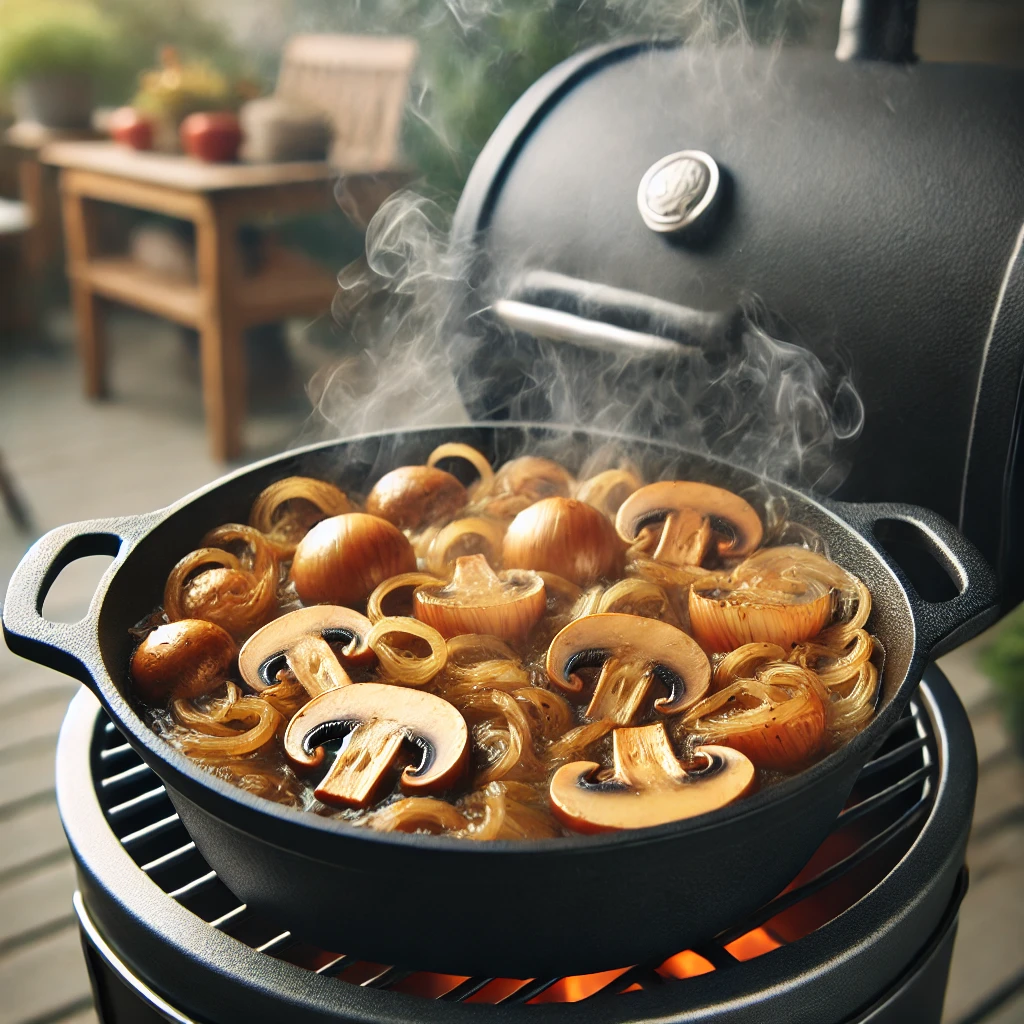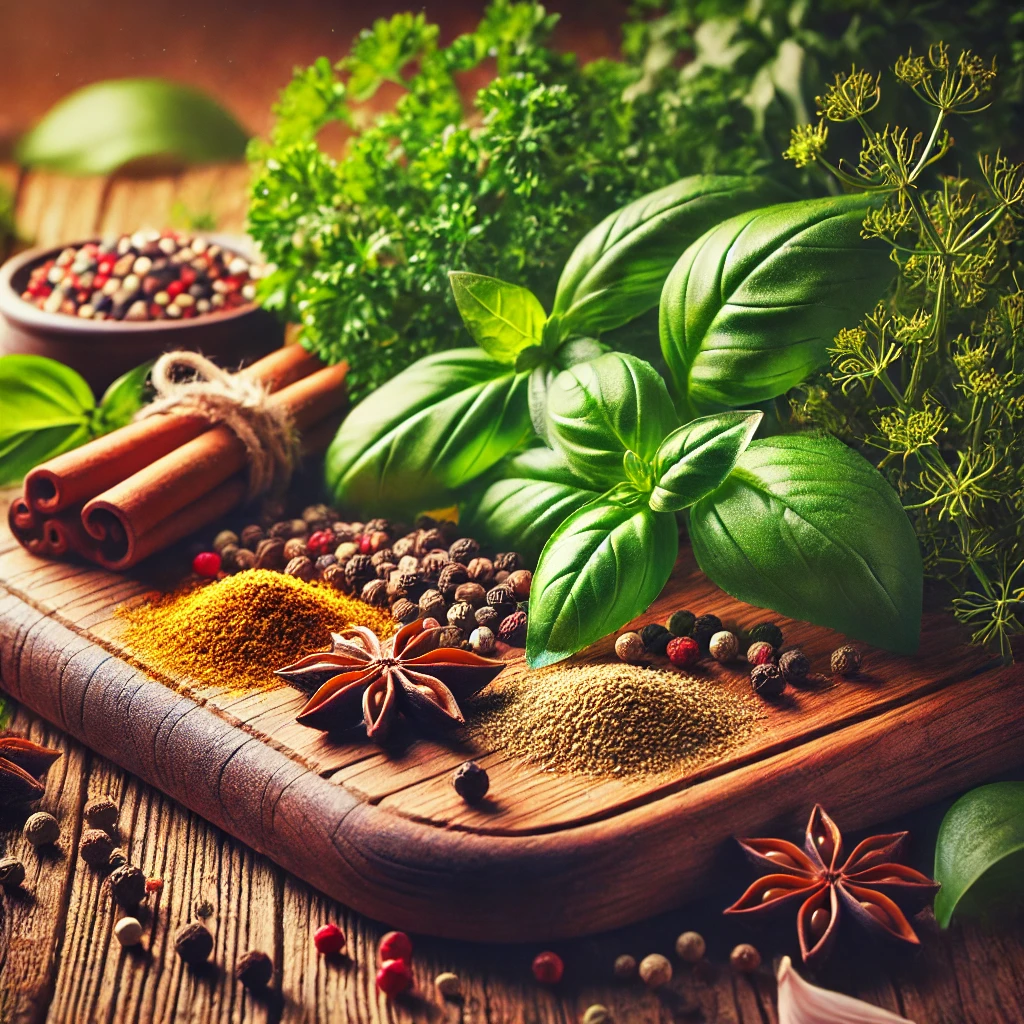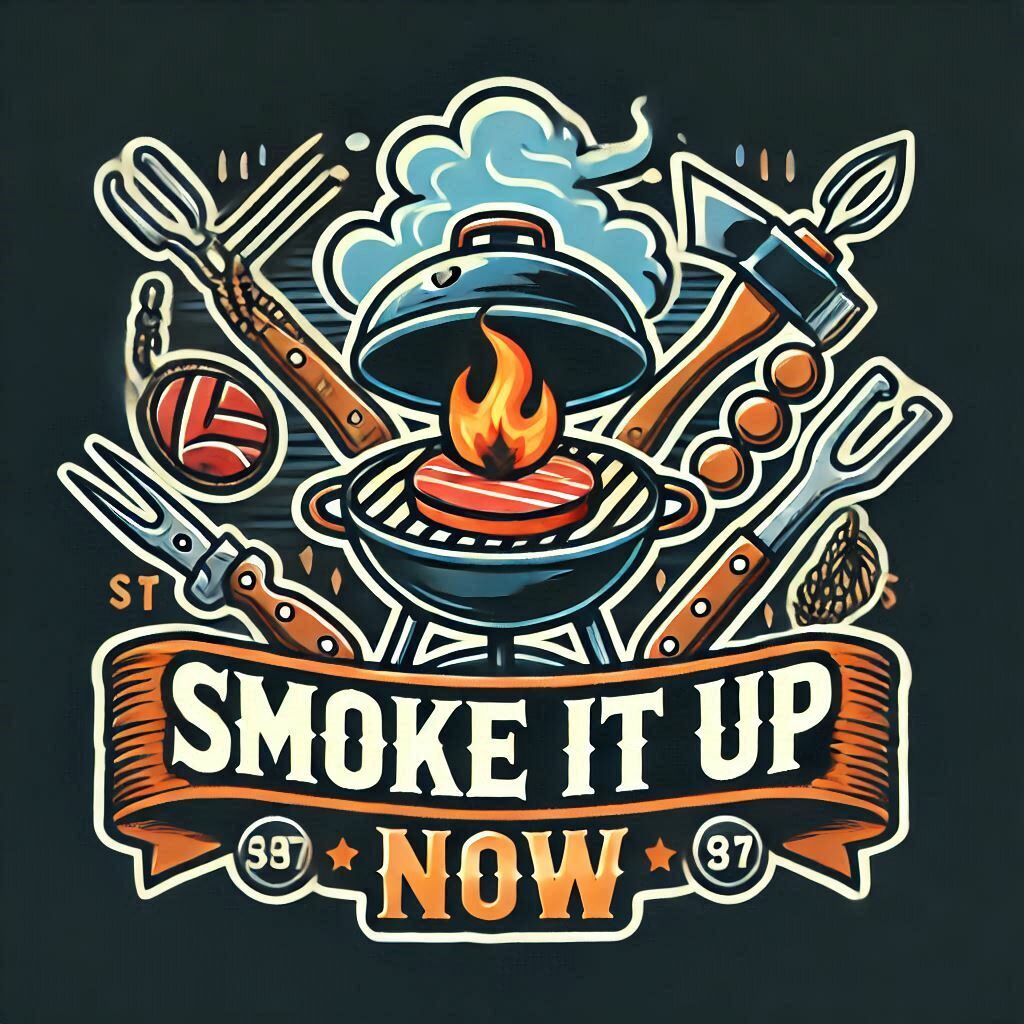
Understanding what those fancy kitchen terms mean can really set you up for a win. Imagine trying to play a game without knowing what any of the rules or moves are called. So, knowing cooking terms is kind of like that – it’s the language of recipes that opens doors to culinary adventures.
Getting these basic cooking terms under your belt can totally level up your kitchen game. When a recipe tells you to sauté onions till they’re golden brown, you’d want to know what that means, right? These terms guide you on how to cook, not just what to cook.
Let’s talk the lingo. “Sauté” means cooking something quickly in a little hot fat. Think onions or mushrooms sizzling in butter or oil. “Boil” is heating a liquid so bubbles rapidly and continuously break the surface. Then there’s “Simmer,” which is like boiling’s chill cousin – low, gentle bubbles.
“Roast” involves cooking something in dry heat, usually in the oven. The catch? It applies to something that isn’t normally baked. Speaking of baked goods, baking, roasting, and broiling – how are those even different? Baking is about surrounding food with hot air, as in bread or cakes. Roasting is the same, but for veggies or meat, while “Broil” means cooking from above with intense heat.
Precision in Culinary Techniques
Cooking isn’t just about putting things on heat. The magic often lies in how precisely you handle techniques and measurements. A little too much or too little can change everything.
Precise measurements are your bestie in the kitchen. Ever added too much salt by mistake? Yeah, not great, right? So measuring right can save you from major disasters.
Now, let’s chop through some common techniques. Chopping, dicing, and mincing might seem similar at first glance – they all involve cutting stuff up, right? Not quite. Chopping is more random and rough, dicing is about neat little cubes, and mincing is all about those tiny, tiny bits. Each has its own part to play.
Then there’s the whole braising and stewing mix-up. Both use liquid, but braising typically involves a larger piece of meat, browned first, then cooked slow and low in some liquid. Stewing? It’s usually smaller chunks simmered right in a hearty sauce.
Blanching, poaching, grilling – where do they even fit in? Blanching is all about boiling briefly, then ice-bathing to stop cooking. Poaching means gently simmering food in liquid, like with eggs or fish. And grilling should bring to mind barbecue, with those delightful grill marks and all.
Navigating Ingredients and Flavors

Recognizing the ingredients that build your dish is key, and that includes knowing your herbs from your spices. They both add flavor, but herbs come from the leafy, green part of plants like basil or parsley, while spices could be seeds, bark, or roots like cinnamon or cumin.
Marinating and brining might sound like fancy chef stuff, but they’re easy peasy once you get it down. Marinating usually involves soaking food in a seasoned liquid to add flavor and tenderize. Brining, meanwhile, is more about soaking in saltwater to keep meat moist and juicy when cooked – think Thanksgiving turkey here.
Ever heard of emulsifying? It’s crucial in making dressings and sauces stick together nicely. By mixing oil with something watery – like vinegar or lemon juice – and a binder, you create a smooth blend. It might sound technical, but picturing a creamy salad dressing often involves perfect emulsification.
Talking about flavors, searing your meat is like sealing in the flavor jackpot. It’s cooking the surface at high temps to get that gorgeous brown crust. And deglazing? It follows right after searing, using a liquid to pull up all those tasty bits left in the pan, forming the base for a killer sauce.
